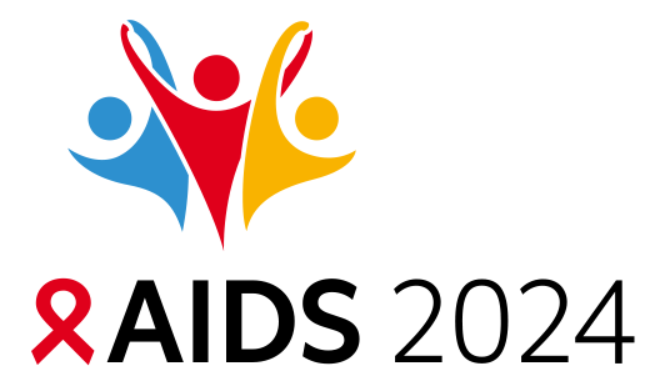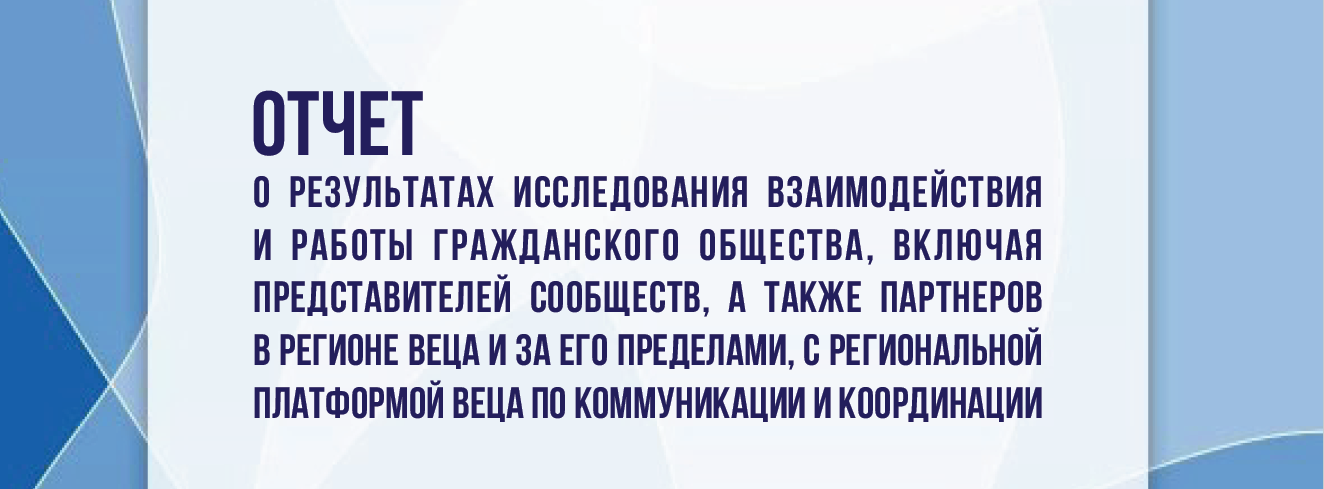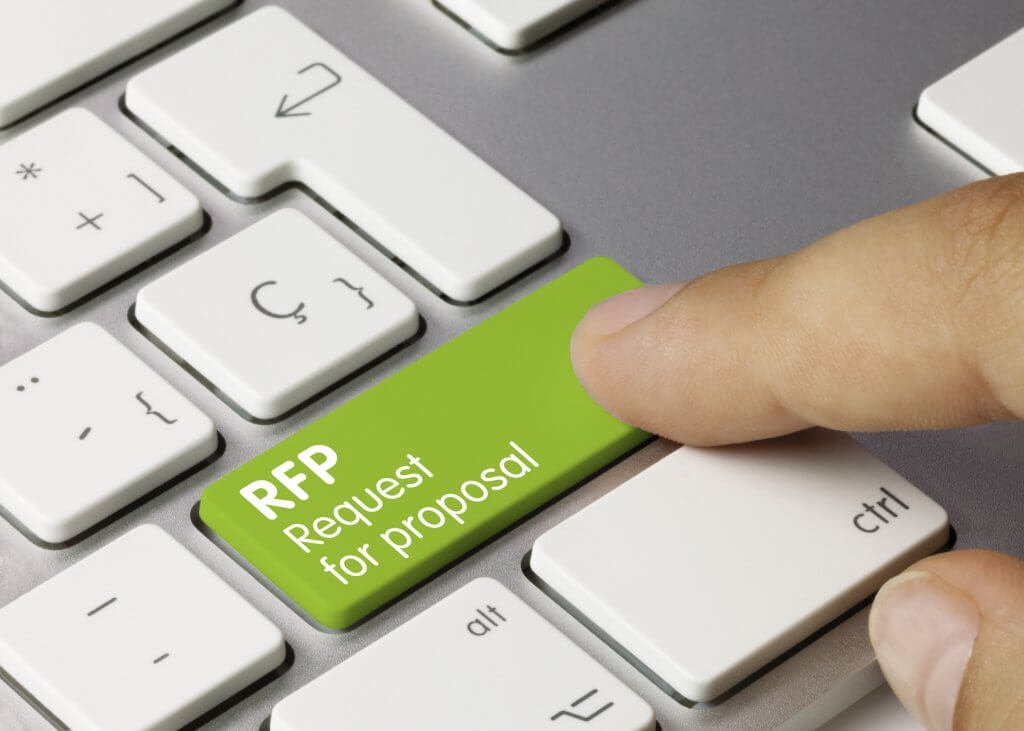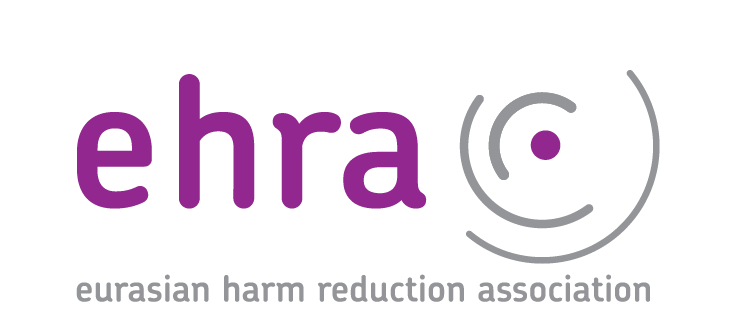Uzbekistan received an extra $16.2 million for fighting the HIV epidemic
- 23.06.2016 05:24
- Post Views: 868
Uzbekistan (HIV)
According to the GAC, the Uzbekistan HIV program initially submitted a reprogramming request to the TRP in Window 2 in July 2014, and the TRP recommended that it be re-submitted due to the lack of sufficient data on the epidemiological situation, the activities being proposed, and how the activities would be carried out. The Uzbekistan country coordinating mechanism requested and was granted a one-year costed extension until the end of 2015 in order to provide essential services during the transition to the allocation-based funding model. During this period, the Secretariat provided assistance to build the capacity of the proposed PR, improve data for key populations, and address risks related to procurement and supply chain management.
In addition, UNAIDS provided TA to the CCM and the PR, the Republican AIDS Centre, to help them address the TRP comments and develop a well-focused concept note. The revised concept note was submitted in Window 8 in November 2015 and was considered by the TRP to be strategically focused and technically sound.
The objectives of the HIV program are as follows:
- to deliver evidence-based, integrated and regionally prioritized HIV prevention and treatment services to key populations groups at risk of HIV and living with HIV;
- to support the development of a national health infrastructure that can provide a sustained, relevant and optimal HIV response; and
- to strengthen community systems and support civil society to ensure an HIV response that is based on needs, driven by human rights and public health, and is sustainable – and has a particular focus on key populations.
Read about the other 8 countries in the original article from Aidspan.
Related News
Roundtable organized by Global Fund
On 26 May (Russian) and 27 May (English) at 10.00 am (Geneva time) Developing Country NGO delegation of the Global Fund Board and the Global Fund Secretariat are organizing the Roundtable “Responses to HIV and TB in times of COVID-19 – strengthening engagement with civil society and communities in Eastern Europe and Central Asia (EECA)” […] Read moreGlobal Fund funding opportunity – COVID-19 Response Mechanism
The COVID-19 Response Mechanism (C19RM), approved in April 2020, authorizes US$500 million in funding in addition to grant flexibilities. C19RM can be used across the three diseases and the health system, even if a country only has a single Global Fund grant for one component. The CCM will assess the most urgent needs and direct […] Read moreCOVID-19 lessons: what can make the HIV programs in the EECA countries more sustainable? (LIVE discussion)
On May 5, 2020, from 11:00 a.m. to 1:00 p.m. EST (UTC+3), Alliance for Public Health will conduct a special LIVE discussion will be held on opportunities to improve the sustainability of national HIV programs that have emerged in connection with COVID-19. Post Views: 726 Read moreEECA Region Space Schedule during AIDS 2024

Welcome to the EECA Region Space at the Global Village during AIDS 2024 Conference! Our dedicated space at the Global Village is designed to highlight the unique perspectives and experiences of the EECA region, fostering collaboration and inspiring action. Join us for a series of engaging sessions, workshops, and presentations that will explore a wide range of topics.
Services for migrants and refugees from Ukraine – HIV/TB care with a focus on key populations
Due to the increasing flows of refugees from Ukraine because of Russia’s invasion of Ukraine, the EECA Regional Platform created a spreadsheet to fill contacts details of face-to-face and online services for refugees and migrants (with a focus on HIV/TB care and key population groups).
Regional Platform – EECA
This web-resource is a part of new regional communication and coordination project “Regional Civil Society and Community Support, Coordination and Communication Platform - EECA”, implemented by Eurasian Harm Reduction Association (EHRA).
Tags
See also
-
Events with Global Fund Speakers at AIDS 2024 17.07.2024 14:43
-
EECA Region Space Schedule during AIDS 2024 12.07.2024 11:14
-
Two Requests for Proposals from the Global Fund 04.07.2024 11:42
-
EECA’s Regional Platform monthly Newsletter #6, July 2024 04.07.2024 11:28







